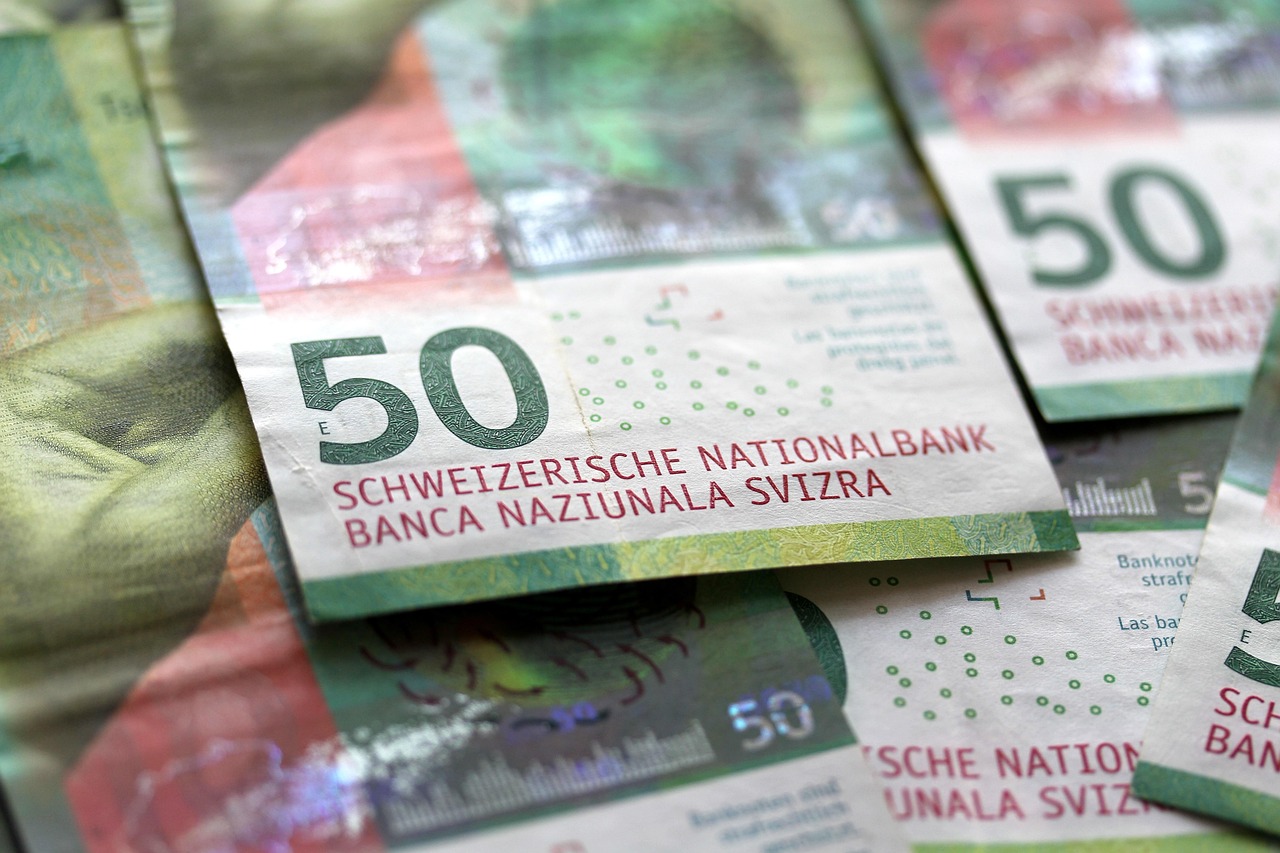AI Models Support Niche Underwriting Like Collectibles or Art

In a world where artificial intelligence (AI) is reshaping industries, the niche underwriting sector, particularly for collectibles and art, stands to gain significantly from these technological advancements. AI models are increasingly being employed to enhance the accuracy and efficiency of underwriting processes, ensuring that insurers and collectors alike can make informed decisions based on data-driven insights.
The underwriting of collectibles and art has traditionally posed challenges due to the subjective nature of their valuation. Unlike more standardized assets, the worth of a piece of art or a rare collectible can be influenced by a myriad of factors, including provenance, artist reputation, historical significance, and market trends. This complexity makes it difficult for traditional underwriting processes to accurately assess risk and value.
AI models have the potential to transform this landscape by introducing a level of precision and objectivity previously unattainable. By leveraging machine learning algorithms and vast datasets, AI can analyze historical sales data, identify patterns, and predict future market trends with remarkable accuracy. This capability allows for a more nuanced understanding of an asset’s value trajectory, aiding underwriters in setting appropriate premiums and coverage terms.
Globally, the art and collectibles market is experiencing robust growth. According to a report by Art Basel and UBS, global art sales reached an estimated $50 billion in 2020, despite the challenges posed by the COVID-19 pandemic. This growth underscores the increasing financial significance of the market, prompting insurers to seek more reliable methods of risk assessment.
AI models also offer the advantage of real-time analysis, providing up-to-date insights that are crucial in a market characterized by its volatility. For instance, an AI system can continuously monitor auction results, social media trends, and economic indicators, adjusting valuations and risk assessments dynamically. This capability enables underwriters to respond swiftly to market changes, ensuring that their strategies remain aligned with current conditions.
Moreover, the integration of AI in niche underwriting supports enhanced due diligence processes. By employing computer vision and natural language processing, AI can authenticate artworks and collectibles, detecting forgeries and inconsistencies that might elude human experts. This function not only mitigates risk but also builds trust with clients, who can be assured of the legitimacy of their insured assets.
Despite these advancements, the application of AI in underwriting is not without its challenges. Data quality and availability remain critical concerns. AI models require comprehensive, high-quality datasets to function optimally, and in the art and collectibles domain, such data can be fragmented and inconsistent. Additionally, the development of AI systems necessitates significant investment in terms of time and resources, which may not be feasible for all organizations.
Ethical considerations also come to the fore when deploying AI in underwriting. The opacity of AI decision-making processes, often referred to as the “black box” problem, raises questions about accountability and transparency. Insurers must ensure that their AI systems are not only accurate but also fair and explainable, providing clear justifications for their assessments and decisions.
In conclusion, AI models represent a promising tool for the niche underwriting of collectibles and art, offering enhanced accuracy, efficiency, and adaptability. As the technology continues to evolve, it will be essential for stakeholders to address the challenges and ethical considerations associated with its use, ensuring that AI-driven underwriting remains a reliable and trustworthy solution in this intricate and valuable market.















